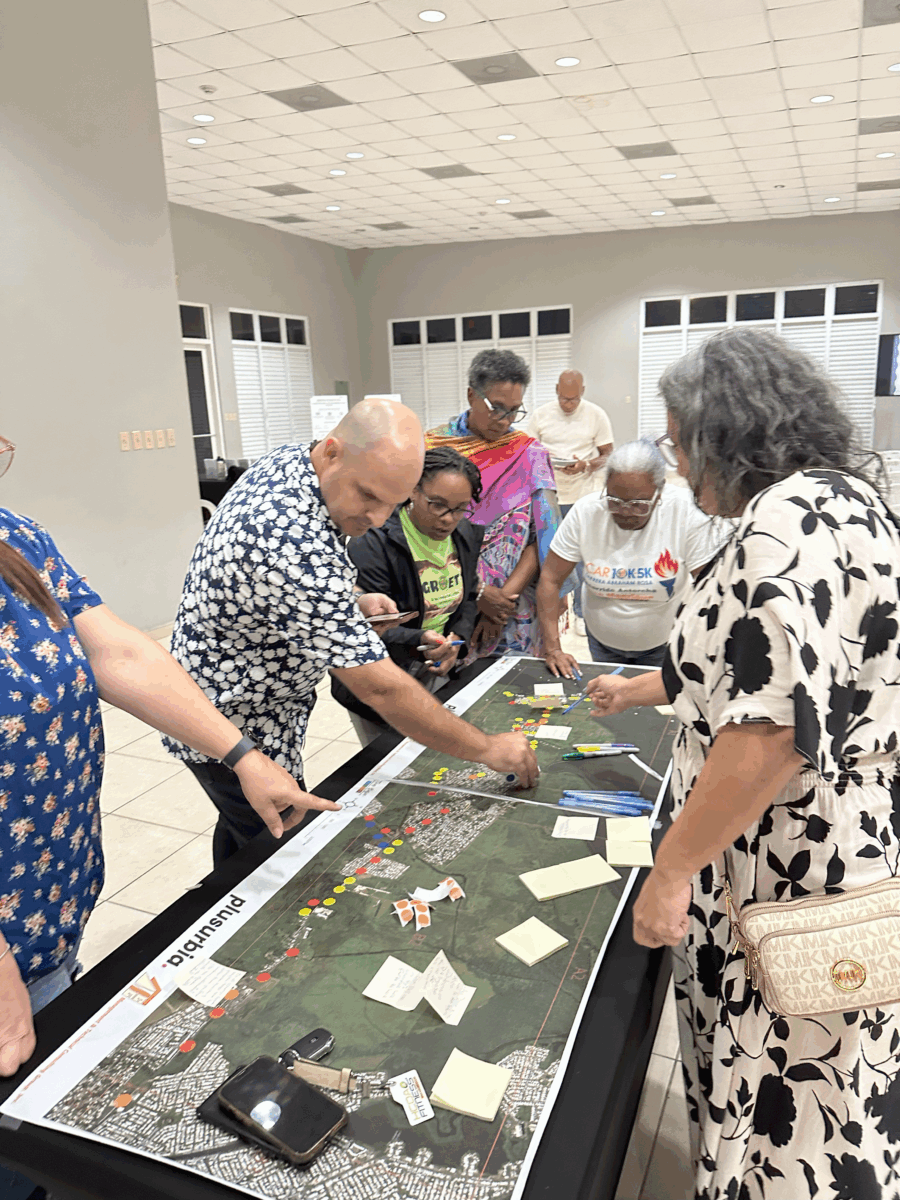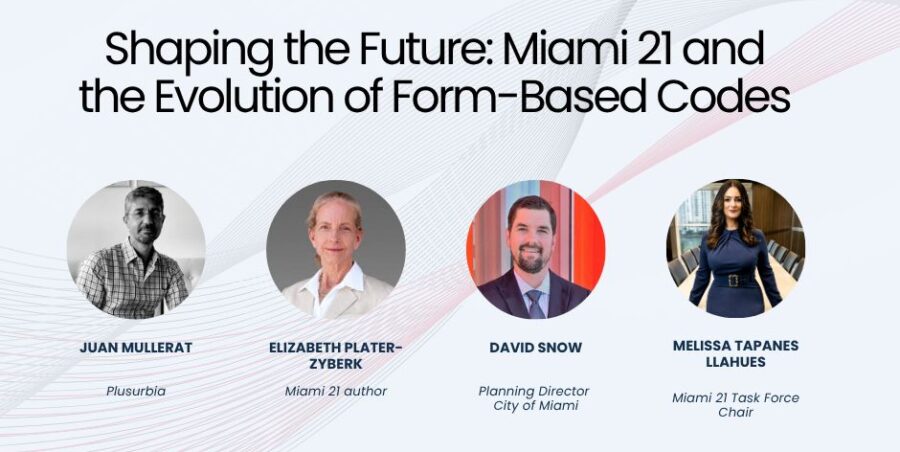our
news
AWARDS, ACCOLADES, PUBLICATIONS AND NEWS.
TOA BAJA, PR — August 2025 — Community Engagement in Full Swing! ❤️
Our team in Puerto Rico has successfully completed the first four community meetings as part of the Toa Baja Safety Action Plan—and the momentum continues to build. With four additional sessions planned, community engagement remains at the heart of this initiative.
We’re honored and inspired by the enthusiastic participation of residents and local stakeholders who are deeply committed to creating safer streets. Their insights, lived experiences, and thoughtful recommendations are shaping a plan that truly reflects the community’s priorities.These meetings represent a key step toward building a collaborative vision for safer, more accessible neighborhoods. At Plusurbia, we believe meaningful change begins with listening—and the voices of the community have been clear and impactful.Thank you to everyone who has taken part in the process so far. Your input is the foundation of this effort, and we’re excited to continue working together to create safer, more connected communities.Scroll down for highlights from the events![gallery size="medium" columns="2" link="file" ids="28647,28646,28645,28644,28638,28641,28642,28643"]
Adopted in 2010, Miami 21 was the first form-based zoning code applied to a large U.S. city. It replaced outdated, car-centric regulations with a framework prioritizing walkability, mixed-use development, and cohesive neighborhood design. Miami 21 has since become a reference point for cities across the country exploring New Urbanism principles to guide growth in the 21st century.
Juan Mullerat, Principal of Plusurbia, has long championed zoning as a tool for equity, resilience, and livability. joined a distinguished panel with Lizz Plater-Zyberk, Code author David Snow, City of Miami's Planning Director, and Melissa Tapanes Llahues, Land Use Attorney, to reflect on Miami 21’s legacy, its evolving role in shaping the built environment, and what’s next for cities embracing form-based codes.
The discussion examined how Miami 21 has influenced urban design, transportation, housing, and public spaces over the past 15 years, while also looking ahead to the evolving needs of a dynamic and growing city.
Watch the full panel discussion here:
We use cookies
We use our own and third-party cookies to be able to correctly offer you all the functionalities of the website for analytical purposes. You can accept all cookies by clicking "Accept cookies", obtain more information in our
Website Policyor configure/reject their use by clicking on Settings".
Accept cookies
SettingsBasic cookie informationConfirm preferences
This website uses cookies and/or similar technologies that store and retrieve information when you browse. In general, these technologies can serve very different purposes, such as, for example, recognizing you as a user, obtaining information about your browsing habits or customizing the way in which the content is displayed. The specific uses we make of these technologies are described below. By default, all cookies are disabled, except for the technical ones, which are necessary for the website to work. If you wish to expand the information or exercise your data protection rights, you can consult our Website Policy.
Accept cookiesManage preferencesTechnical and/or necessary cookies
Always active
Technical cookies are those that facilitate user navigation and the use of the different options or services offered by the web such as identifying the session, allowing access to certain areas, filling in forms, storing language preferences, security, facilitating functionalities. (videos, social networks…).
Analytic Cookies
Analysis cookies are those used to carry out anonymous analysis of the behavior of web users and that allow user activity to be measured and navigation profiles to be created with the objective of improving websites.

